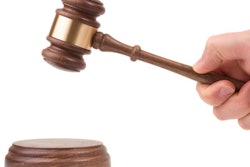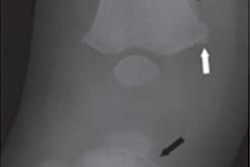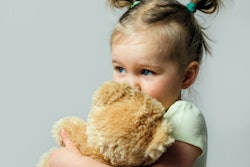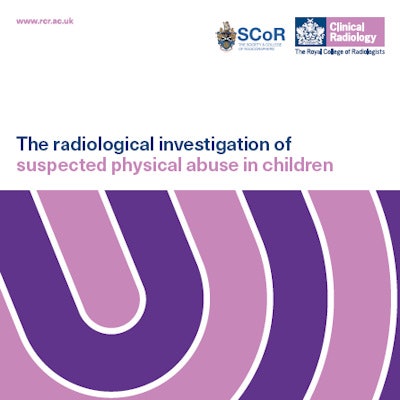
The U.K. has released detailed guidelines on suspected cases of child abuse. The 54-page document can be downloaded for free from the Royal College of Radiologists' (RCR) website, and given the U.K.'s experience and leading role in this area, it may be used widely across Europe.
"The updated guidance is a step-by-step toolkit highlighting best practice in what is a hugely important but difficult area of imaging investigation," noted Dr. Kath Halliday, who headed up the working party behind the document. "It has been created both to protect children at potential risk and to protect and reassure imaging staff that they are following best practice guidelines."
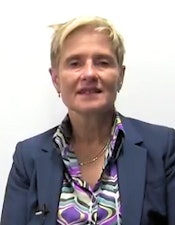 It's an incredibly difficult time for families, Dr. Kath Halliday said.
It's an incredibly difficult time for families, Dr. Kath Halliday said.Called The Radiological Investigation of Physical Abuse in Children, the report was jointly produced by the RCR and the Society and College of Radiographers (SCoR), with input and endorsement from the Royal College of Paediatrics and Child Health (RCPCH). It revamps initial guidance from 2008 and incorporates new evidence on pediatric imaging techniques and follow-up protocols, as well as a series of new procedural templates to help radiologists, radiographers, and referring pediatricians.
The document covers training requirements for imaging staff and the specific radiographs and time frames needed for initial and follow-up skeletal surveys. The authors recommend more skeletal views, both for the initial exams and for follow-up. New advice is given on sedation and the use of CT for the detection of rib fractures.
Optimal neurological imaging and time frames are covered, as well as postmortem imaging. For neurological exams, they recommend that MRI of the spine is included, along with cranial MRI, because there is new evidence in this area.
"The guidance will raise standards for children and empower hospital staff to ensure children are imaged in the best way possible. I urge all imaging clinicians to be aware of the new guidance -- as it should make what is a difficult and sensitive process less traumatic for families and staff across the board," stated Halliday, who is a consultant radiologist at the Nottingham University National Health Service (NHS) Trust.
At all times, the comfort and safety of the child is of utmost importance, but it's also vital to understand that it's an incredibly difficult time for families right now, she added.
Shortcomings and problems
Halliday gave a presentation at ECR 2017 on a survey about the education, knowledge, and skills of radiographers and radiologists regarding child abuse (click here for the recorded lecture). She highlighted various shortcomings and poor results, recalled Dr. Erich Sorantin, professor and acting head of the division of pediatric radiology at Medical University of Graz in Austria.
 Dr. Erich Sorantin.
Dr. Erich Sorantin."In the U.K., there has been intense discussion about child abuse due to some missed cases -- really sad stories, most often due to insufficient imaging and image interpretation. I guess this was the background as to why they have now come up with a complete system," he told AuntMinnieEurope.com. "The same thing has happened in Austria. I quite often get images from other institutions for a second reading and you wouldn't believe how those images and reports look."
He welcomes the U.K. guidelines and thinks they will be of value for everybody who is involved in this area, but his own preference is for the American College of Radiology's guidelines, which were revised in 2016.
"I personally like them more because they are more targeted to clinical situations -- so not only child abuse, but also age and neurological condition of the child," Sorantin said.
Central themes under scrutiny
The U.K. guidance is designed to assist referring clinicians, pediatricians, radiologists, radiographers, and nuclear medicine technologists who are requesting, performing, or reporting on imaging in cases of suspected physical abuse in children. The authors aim to take them through the process in a logical and structured manner, setting out clear recommendations for each stage and providing exemplar forms and documentation. They feature template information leaflets on procedure and consent for families and carers, and an audit form to help departments routinely follow the guidance.
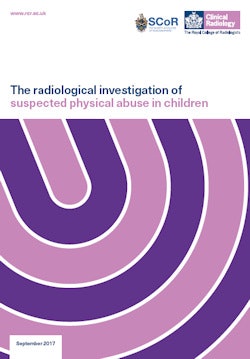 The front cover of the guidance.
The front cover of the guidance.The key questions addressed by the authors were the following:
- Which children should be imaged when physical abuse is suspected?
- Which imaging modalities should be used to maximize detection of occult injuries, while limiting unnecessary radiation exposure?
- How should the imaging be performed, reported, and communicated?
- When should initial and follow-up imaging be undertaken?
They sought to incorporate evidence-based changes for the type of imaging conducted to detect occult injuries, while minimizing radiation exposure and patient distress. Evidence has been considered, reviewed, and discussed by the working party and other experts, and informal consensus was reached based on the professional judgments of those involved. A full report of the methodology involved in the production of this guidance is available.
"This work demonstrates the power of pooling expert knowledge and sharing experience across professional areas. We have produced a document with the potential to make a real difference to children and families involved in these challenging investigations," said Sue Johnson, professional officer at the SCoR.
An audit template will be published in AuditLive later in the year and online e-learning resources are currently under development. Links will be made available when these resources are published, according to the authors.
To download the new guidelines from the RCR website, click here.





